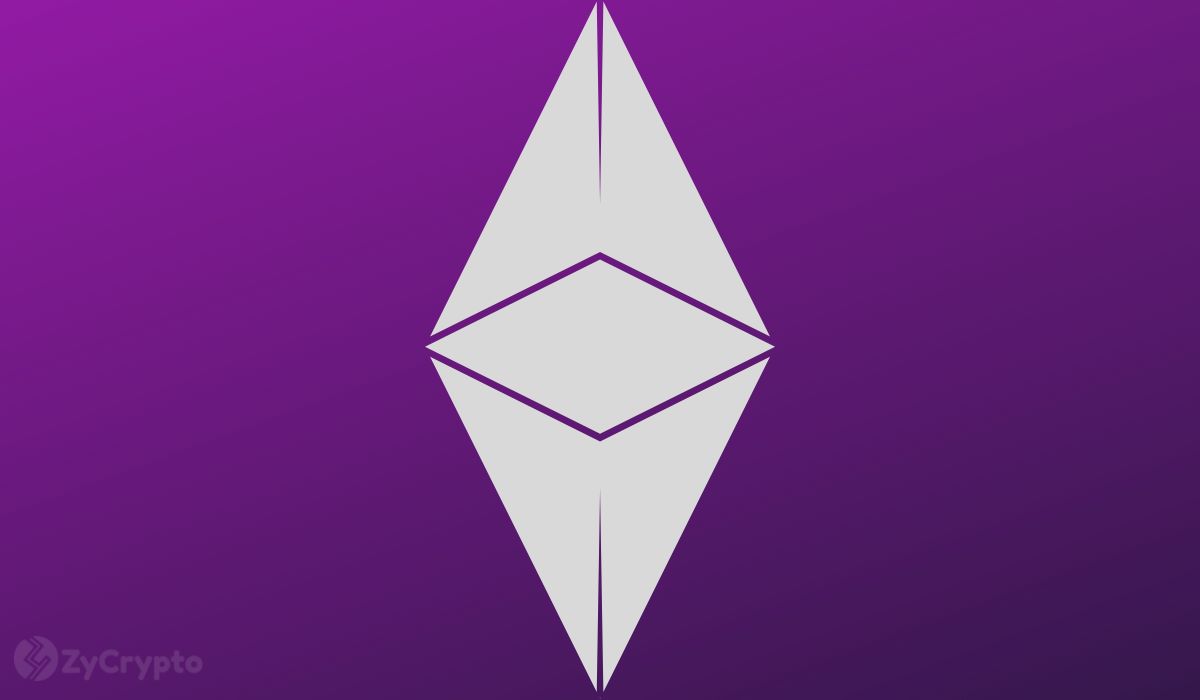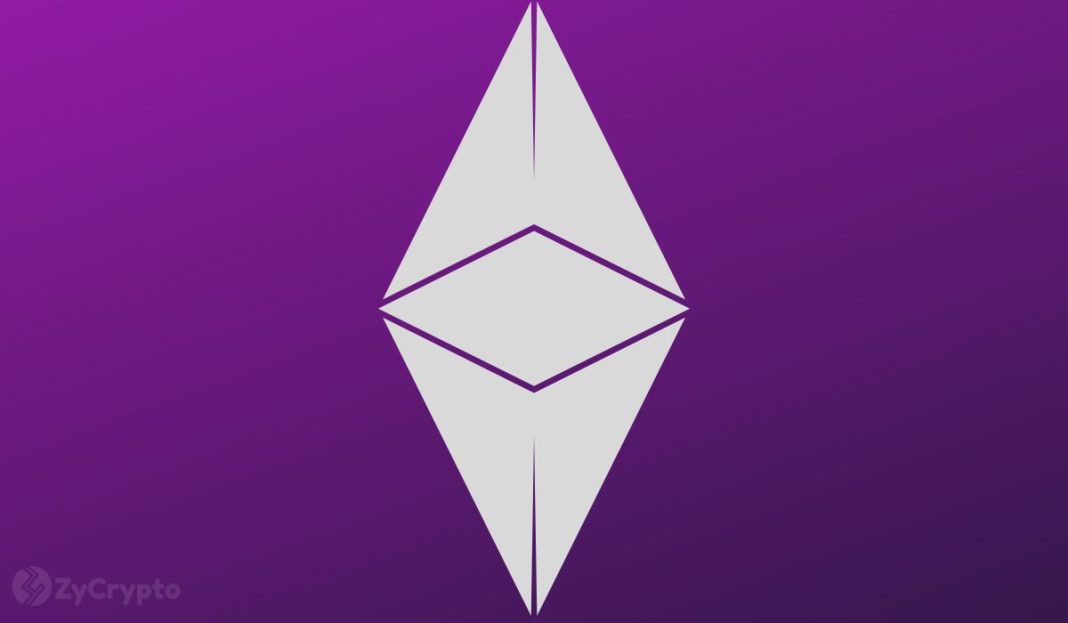
 
 
The Ethereum network’s Dencun upgrade has brought about unexpected challenges for its Layer 2 (L2) solutions, leading to a notable surge in transaction failures.
The update, activated in March 2024, aimed to enhance efficiency and reduce costs for these secondary networks. However, recent data reveals that the benefits may have come with unintended consequences.
According to a recent report by Galaxy Digital, the Dencun upgrade significantly decreased transaction fees on Ethereum’s L2 solutions. Interestingly, while this was initially seen as a positive change, it has inadvertently increased the MEV bot activity across these networks.
Maximal Extractable Value (MEV) bot activity refers to automated programs that exploit opportunities within blockchain networks to maximize profits by manipulating the order of transactions in a block.
Notably, as per the report, the Dencun upgrade’s impact on transaction failures has been particularly pronounced on various L2 networks. For instance, as per the report, Base, Coinbase’s L2 network has experienced a failure rate as high as 21%, while Arbitrum and OP Mainnet have seen rates of 15.4% and 10.4%, respectively. These figures starkly contrast with the performance metrics of bot addresses, where failure rates are even more severe. On Base, bot addresses are responsible for 41.6% of failed transactions, Arbitrum sees 20.87%, and OP Mainnet has 12.85%.

 
Christine Kim, Galaxy Digital’s head of research, highlighted that the surge in bot-driven transactions is a major factor behind the rise in transaction failures observed since the upgrade.
“Activity on the leading L2s picked up immediately post-Dencun. However, the rise in transaction (txs) counts has been met with rising failure rates. The majority of the failed transactions stem from high activity addresses, likely bots. Low fees on L2s could be driving increased bot activity.” Kim tweeted on August 22.
The increased failed transactions have also contributed to a broader decline in Ethereum’s overall revenue. Since the Dencun upgrade, there has been a 69% drop in the average moving revenue compared to the period before the hard fork. This decline is attributed to a significant reduction in Ethereum’s burning volumes on the Layer 1 blockchain, which have plummeted by 84% due to the decreased fees.
That said, the ramifications of the Dencun upgrade extend beyond just revenue and transaction failures. The shift has rendered Ethereum more inflationary, potentially undermining its status as an “ultra-reliable” store of value. This inflationary trend could impact Ethereum’s long-term narrative and appeal as a secure and stable cryptocurrency.
Meanwhile, Ethereum co-founder, Vitalik Buterin has previously proposed various solutions to tackle the high transaction cost as well as MEV bot problems. In May this year, the crypto mogul proposed using “inclusion lists,” which require builders to include specific transactions in each block proposal. This approach, along with strategies like minimization, quarantine techniques, and lowering node requirements, aims to keep Ethereum decentralized and mitigate the impact of MEV bots.

